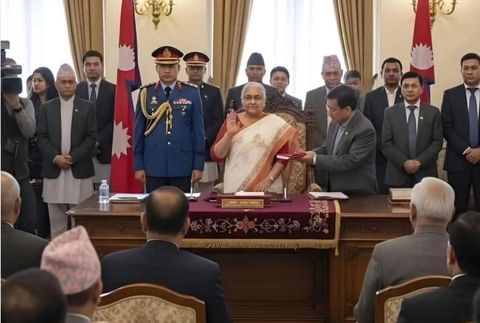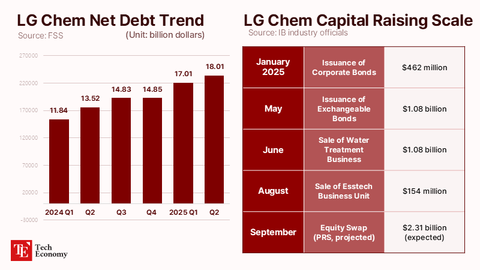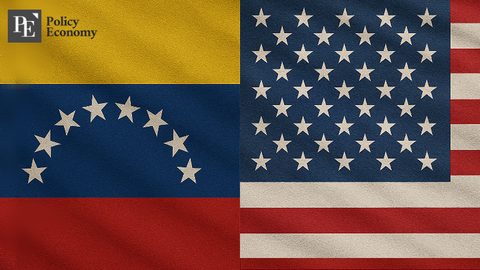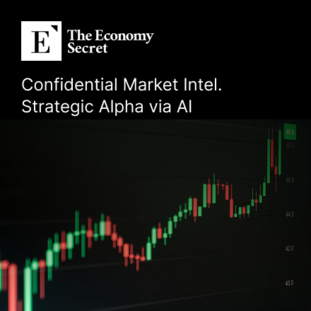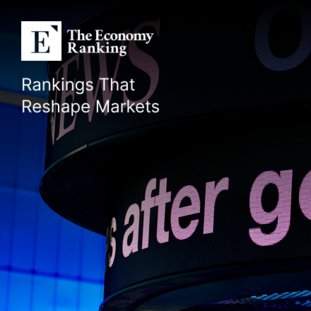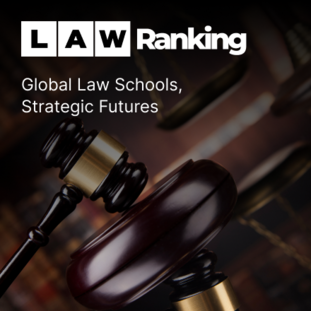“Trump’s Pressure Proves Useless”: U.S. Federal Reserve Freezes Interest Rates for the Third Straight Time
Input
Modified
Fed Keeps Rates at 4.25–4.50% in June FOMC Meeting Despite Pressure from Trump, Fed Opts for a Hold Was the Decision Driven by Inflation Fears Linked to Tariffs?
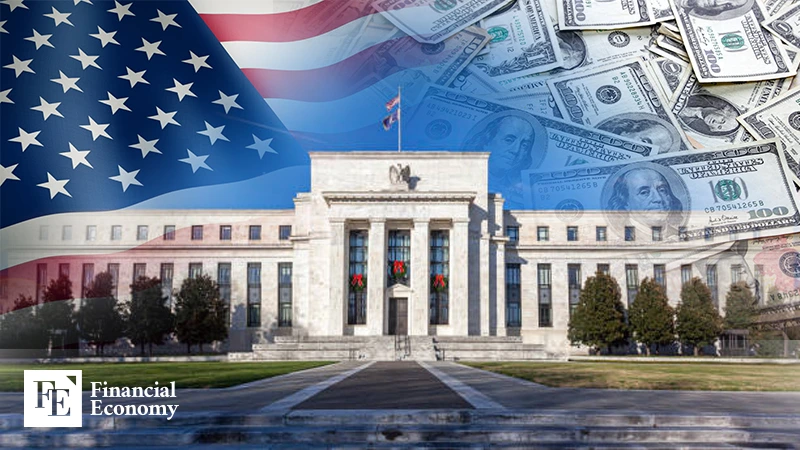
In a turbulent economic landscape marked by trade tension, inflationary pressure, and political showdowns, the U.S. Federal Reserve is standing firm. Despite repeated calls and escalating rhetoric from President Donald Trump demanding immediate interest rate cuts, the Fed has once again refused to budge. By freezing the benchmark interest rate for the third consecutive time, the central bank is signaling that political pressure will not dictate its monetary policy. Instead, it remains focused on navigating the fragile balance between inflation control and economic growth.
Caution Over Compliance: The Fed Holds Its Ground
On May 7, the Federal Reserve’s Federal Open Market Committee (FOMC) met and unanimously decided to keep the benchmark interest rate at 4.25% to 4.50%. This marked the third straight pause in rate changes, reinforcing the Fed’s deliberate, cautious stance. The decision, backed by all voting members including Chair Jerome Powell, reflects deep concerns over ongoing economic uncertainties.
During the post-meeting press conference, Powell acknowledged the complexity of the current situation, noting that the Fed is finding it difficult to determine whether inflation or an economic slowdown poses the greater threat. With that uncertainty in mind, the central bank found it inappropriate to take immediate action. Powell emphasized that there is no compelling reason to rush a rate cut and that patience remains the most suitable approach under the current circumstances.
The Fed’s official policy statement also reflected heightened caution. It noted that uncertainty surrounding the economic outlook had further intensified, with increasing risks related to both unemployment and inflation. In reaffirming its stance, the Fed made clear that it prefers to wait until the full impact of current tariff policies becomes clearer before adjusting monetary policy further.
Analysts from The New York Times echoed this interpretation, highlighting growing concern within the Fed over the broader effects of President Trump’s economic decisions. Among these are large-scale spending cuts and immigration policies that could significantly disrupt labor markets and consumer demand. However, despite these concerns, the Fed finds itself constrained. The residual inflationary effects of the pandemic, combined with Trump’s tariff hikes, mean that lowering interest rates could inadvertently re-fuel inflation—something the central bank is keen to avoid.
Trump’s Offensive: Rate-Cut Demands and Personal Attacks
President Trump has not been subtle in his attempts to pressure the Fed into lowering rates. In recent months, he has taken to social media repeatedly to criticize the central bank’s pace and to frame inflation as a non-issue. He claimed that with oil and food prices falling, and inflation virtually nonexistent, the Fed should be cutting rates. This messaging has become a central component of his economic narrative, aimed at portraying the Fed as out of touch with current realities.
But Trump’s criticisms have gone well beyond policy suggestions. He launched personal attacks against Powell, questioning his leadership and even suggesting that he could be swiftly removed if desired. Trump expressed dissatisfaction with Powell’s performance and insisted that he should have acted much earlier to lower rates, pointing to the European Central Bank as an example of timely decision-making. According to the president, even now is not too late to reverse course.
Later in April, Trump escalated his criticism by labeling Powell “Mr. Too Late” and accusing him of being a major failure. He argued that unless the Fed acted immediately, the U.S. economy could slow down further. These comments made clear that Trump views the Fed’s independence as a barrier to his broader economic agenda, particularly as he seeks monetary tools to offset the adverse effects of his own trade policies.
While such rhetoric would have rattled previous administrations or even some market participants, the Fed has thus far remained composed. It continues to emphasize its reliance on data and macroeconomic analysis over political noise, choosing to maintain its credibility and independence in the face of direct confrontation.

Inflation Worries and Long-Term Market Expectations
Behind the Fed’s resistance to rate cuts lies a significant and data-backed concern: inflation remains stubbornly high. While the president insists that inflation is under control, official data tells another story. In March 2025, the U.S. Bureau of Economic Analysis reported that the core Personal Consumption Expenditures (PCE) price index had risen 2.6% year-over-year—surpassing the Fed’s 2.0% target. The core PCE, which excludes volatile food and energy prices, is considered the most reliable gauge of long-term inflation trends.
Powell highlighted this issue in his post-meeting remarks, warning that continued tariff hikes—recently introduced or expanded under Trump’s trade strategy—would likely increase inflation, slow growth, and raise unemployment. This triple threat reinforces the Fed’s cautious approach, as premature monetary easing could worsen all three outcomes.
Financial institutions are now aligning their forecasts with the Fed’s outlook. Goldman Sachs recently adjusted its inflation prediction, projecting that the core PCE rate could rise to 3.8% by the end of 2025, up from the previous estimate of 3.5%. Economists Ronnie Walker and Elsie Peng from the bank attributed the expected rise to a combination of a weakening U.S. dollar and the inflationary impact of tariffs. They also observed that high duties on Chinese imports are pushing U.S. importers to shift their demand toward lower-tariff countries, introducing new long-term structural changes that could keep inflation elevated.
All of this adds up to a difficult position for the Fed. While it is under intense pressure to stimulate growth through lower interest rates, it must also avoid fanning inflationary flames that have not yet been fully extinguished. Its cautious posture reflects a longer-term strategy of preserving stability, even if that means standing in direct opposition to the president’s calls.
In an era where economic policymaking is increasingly politicized, the Federal Reserve’s commitment to independence and evidence-based decision-making stands out. By freezing interest rates for the third time despite mounting pressure from the White House, the Fed is reinforcing its role as a steady hand in uncertain times. Whether this patience will pay off or fuel further political conflict remains to be seen—but for now, it is clear that when it comes to interest rate policy, the Fed is answering to data, not demands.


